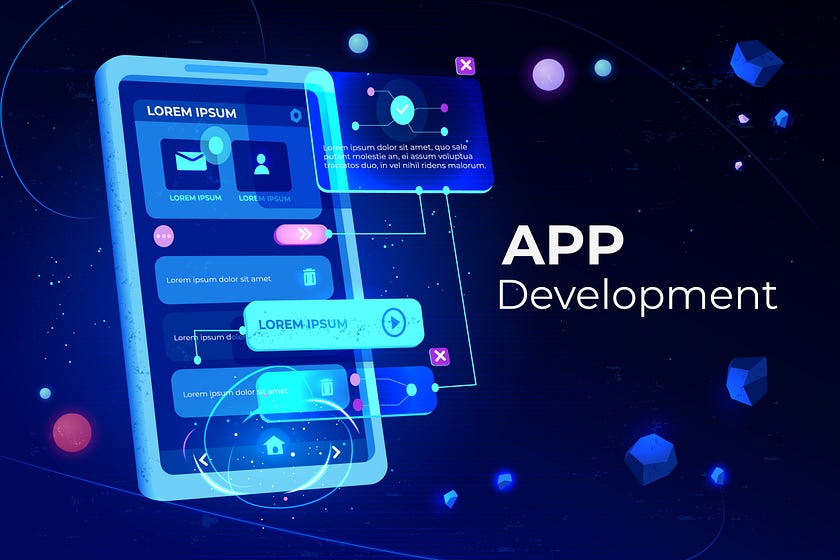Application Development Companies: How Do They Work?

In today’s digital age, businesses of all sizes are increasingly reliant on applications to enhance their operations, improve customer experience, and stay competitive. Whether it’s a mobile app for smartphones or a complex enterprise solution, applications have become the backbone of modern business. But have you ever wondered how application development companies work behind the scenes to bring these digital tools to life? In this blog, we’ll explore the intricacies of how these companies operate, from the initial concept to the final product.
1. Understanding Client Needs: The Foundation of Success
The first step in any application development project is understanding the client’s needs. This involves a series of meetings and discussions where the development company gathers detailed requirements from the client. During this phase, the company identifies the target audience, the app’s intended purpose, and any specific features or functionalities the client desires. This stage is crucial as it sets the foundation for the entire development process.
2. Conceptualization and Planning: Crafting the Blueprint
Once the client’s needs are clear, the development company moves on to the conceptualization and planning phase. Here, the team creates a blueprint for the application, outlining the architecture, design, and technology stack to be used. This phase often involves creating wireframes and prototypes to give the client a visual representation of the final product. Detailed project plans are also created, specifying timelines, milestones, and resources required.
3. Design and User Experience: Building for the User
With a solid plan in place, the design team gets to work. The goal here is to create an intuitive, user-friendly interface that not only looks good but also provides a seamless experience. User experience (UX) design is a critical component, ensuring that the application is easy to navigate and meets the end-user’s needs. The design phase is highly collaborative, with constant feedback from the client to ensure alignment with their vision.
4. Development: Bringing the Vision to Life
The development phase is where the actual coding happens. Depending on the complexity of the project, this phase can take anywhere from a few weeks to several months. Developers use programming languages, frameworks, and tools best suited for the project. During this time, the application’s features are built, integrated, and tested in a controlled environment. Agile methodologies are often employed, allowing for iterative development and continuous feedback.
5. Quality Assurance and Testing: Ensuring Perfection
No application is complete without rigorous testing. Quality Assurance (QA) teams conduct various tests to identify and fix bugs, ensure compatibility across devices and platforms, and verify that the application meets the client’s requirements. This stage involves functional testing, performance testing, security testing, and usability testing. Only after the application passes all these tests is it deemed ready for deployment.
6. Deployment and Launch: Going Live
Once the application has been thoroughly tested and approved by the client, it’s time for deployment. This involves setting up the production environment, migrating any necessary data, and configuring the servers. For mobile applications, this also means submitting the app to app stores like Google Play and the Apple App Store. The launch is often accompanied by marketing efforts to ensure the app reaches its intended audience.
7. Maintenance and Support: Keeping the App Running Smoothly
The work doesn’t end with the launch. Application development companies also provide ongoing maintenance and support to ensure the app continues to function smoothly. This includes monitoring for any issues, releasing updates to fix bugs or add new features, and scaling the application as needed to accommodate more users. Continuous support is vital for the long-term success of the application.
8. The Role of Collaboration: A Partnership Approach
Throughout the entire process, collaboration between the development company and the client is key. Regular communication, feedback loops, and a shared vision ensure that the final product aligns with the client’s goals. Successful application development is not just about writing code; it’s about building a partnership that leads to the creation of a valuable digital tool.
Conclusion
Application development companies play a critical role in the digital ecosystem, transforming ideas into functional, user-friendly applications. Their work involves a blend of creativity, technical expertise, and strategic planning. By understanding how these companies operate, businesses can better navigate the development process and bring their digital visions to life. Whether you’re a startup looking to create your first app or an established company seeking to expand your digital presence, working with a skilled application development company can be the key to your success.


Comments
Post a Comment